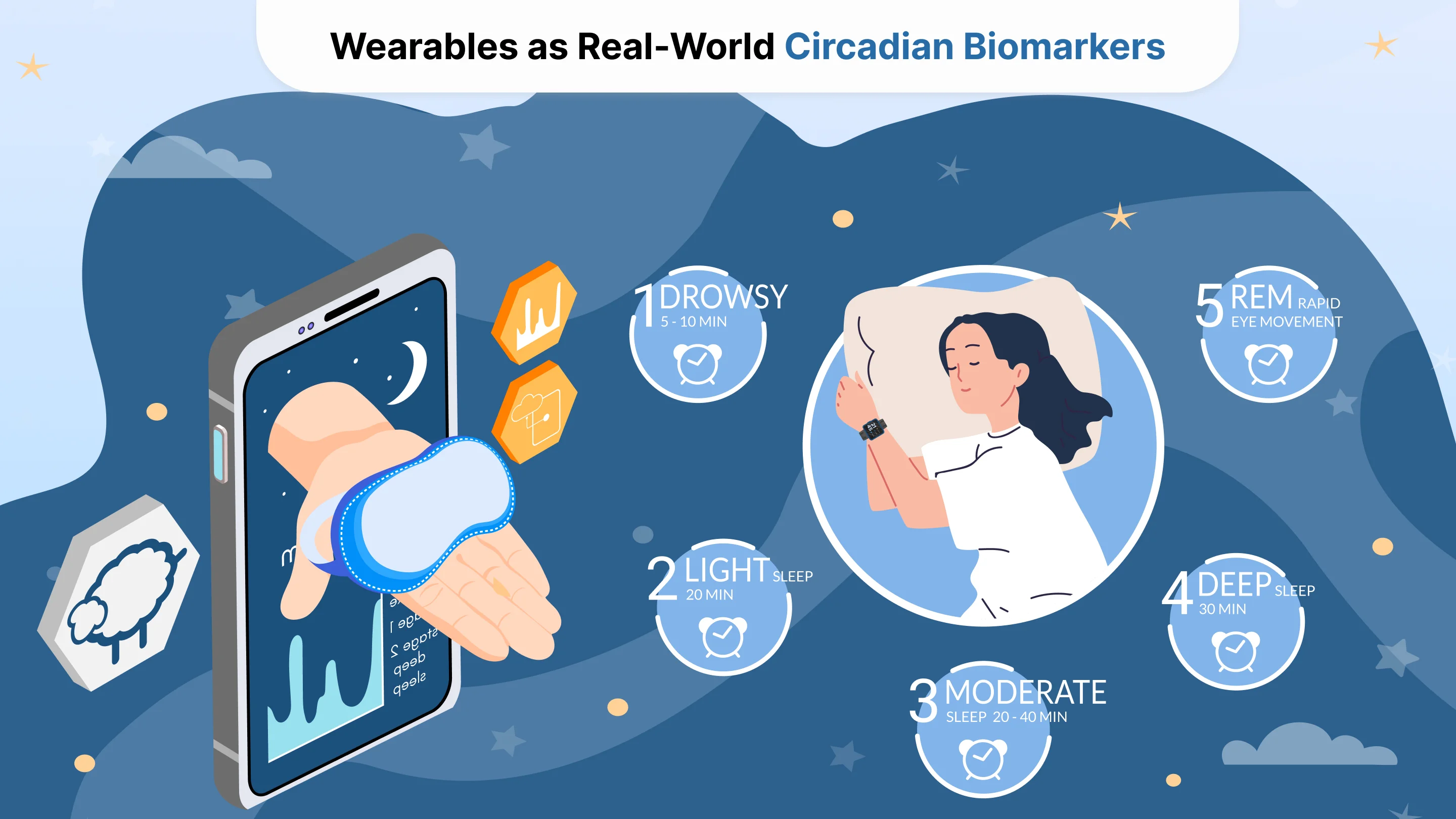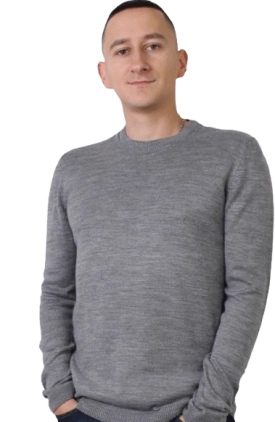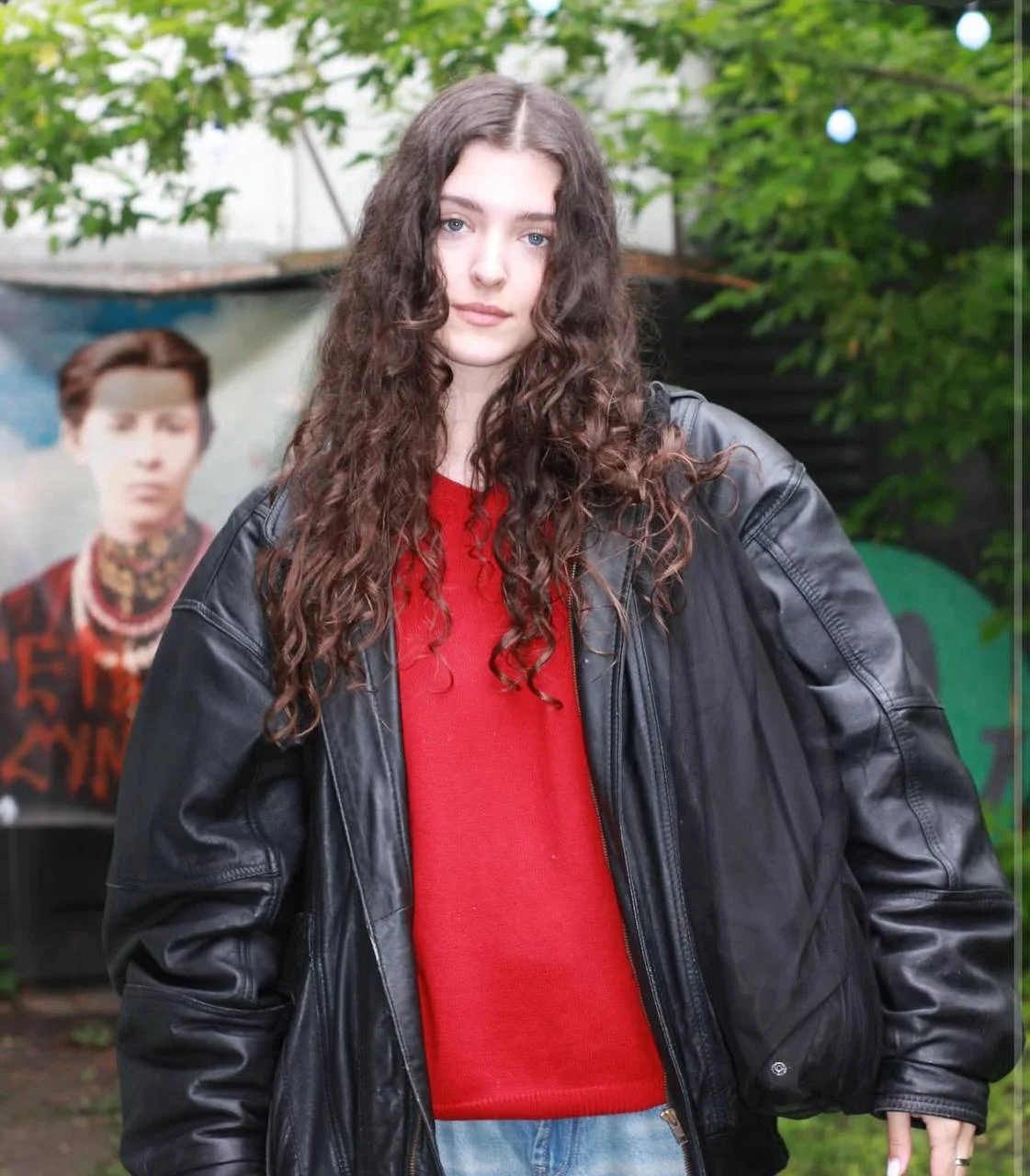

AI Meets Circadian Health: How Emerging Tech Is Rethinking Sleep Care
In 2023, Americans spent an average of over 7 hours per day looking at screens—a number that continues to rise with the global expansion of remote work, social media, and wearable technologies (Exploding Topics, 2025). Yet few people realize that this seemingly harmless habit may be silently rewriting the very code of our biology.
Every cell in the human body operates on an internal clock, known as the circadian rhythm, which is synchronized by cues from the environment, especially light. These rhythms regulate not only when we sleep and wake, but also metabolism, hormone secretion, immune function, and even gene expression. When light patterns become irregular—due to late-night screen use, 24/7 notifications, or bright bedroom LEDs—this biological timing can shift out of sync with the natural day-night cycle. The result? Not just poorer sleep, but long-term damage to physical and mental health.
One of the most striking findings in recent years came from a large-scale wearable study published in npj Digital Medicine in 2024: researchers found that people with irregular circadian activity patterns—tracked through movement and heart rate—had significantly higher risks of depression, metabolic syndrome, and early mortality (npj, 2024). These are not hypothetical risks. They are real, measurable outcomes of modern digital behavior.
Fortunately, the same technologies contributing to circadian disruption are now being used to measure, predict, and even repair it. Thanks to recent advances in AI-powered diagnostics, real-time biofeedback, and closed-loop sleep modulation, digital tools are no longer just the problem—they’re part of the solution.
AI-Driven Diagnostics and Sleep Disorder Detection
Artificial Intelligence is swiftly transforming sleep medicine by automating diagnostics that were once exclusive to specialized labs. Today’s AI models (especially deep learning systems) can analyze data from both in-lab polysomnography and consumer wearables to detect sleep stages, respiratory events, and interruptions with high accuracy.
A prime example is PFTSleep, a transformer-based AI developed at the Icahn School of Medicine. Trained on over 1 million hours of sleep recordings, it analyzes full-night data—including EEG, heart rate, muscle, and breathing signals—to classify sleep stages more reliably than traditional 30-second segment analysis, paving the way for scalable, clinical-grade overnight monitoring.
AI also excels in diagnosing obstructive sleep apnea (OSA). Models now recognize snoring patterns via contactless AI systems with 92.5% accuracy and over 93% sensitivity, rivaling clinical polysomnography. AI tools further predict CPAP adherence, enabling early interventions when users struggle with treatment compliance. By integrating AI into diagnostic pathways, clinicians gain efficiency and precision, while patients benefit from more accessible, timely diagnostics.
Wearables as Real-World Circadian Biomarkers

Wearables have moved beyond step counting to become powerful tools for monitoring circadian rhythms—non-invasively and continuously. Devices like smartwatches, rings, armbands, and even EEG-equipped headbands now record rich, multimodal biosignals: movement, heart rate, skin temperature, and ambient light.
A 2025 review from Chronobiology in Medicine emphasized wearables’ superiority over traditional melatonin sampling. With AI-driven analyses, these devices can track 24-hour rhythm patterns like amplitude, stability, and phase shifts in real-world settings. Crucially, disruptions identified through methods like CosinorAge—an AI-derived circadian biomarker—have shown strong links to higher mortality, metabolic dysfunction, and accelerated aging.
Yet challenges remain: many consumer devices use proprietary algorithms, and validation against gold-standard tools is inconsistent. Still, medical-grade wearables like Empatica’s E4 and EmbracePlus bridge the gap by combining robust sensors with regulatory-grade algorithms, making them suitable for clinical and research applications.
AI-Powered Interventions: Closed-Loop Sleep Modulation
AI isn’t just diagnosing problems—it’s also enabling real-time, personalized interventions to improve sleep and adjust circadian rhythms.
Devices like Earable, a headband that integrates EEG sensors with closed-loop audio stimulation, have shown remarkable efficacy: in controlled studies with nearly 400 subjects, Earable reduced time to fall asleep by ~24 minutes while achieving over 85% agreement with expert sleep scoring.
Similarly, emerging gadgets like Elemind and StimScience’s Somnee deliver auditory or electrical stimulation timed by EEG to accelerate sleep onset. Initial trials indicated average improvements of 10 minutes faster sleep onset for Elemind users and 22 extra minutes of sleep for Somnee users. Another innovation, Lumos’s light mask, introduces gentle light pulses during sleep to realign circadian clocks, promising faster adaptation to shift work or jet lag.
While early results are promising, long-term effectiveness and safety data are still pending. Combined with AI-powered sleep coaching—where algorithms predict sleep disruptions based on historical data and suggest personalized light exposure, exercise schedules, or screen habits—these tools are at the forefront of precision HealthTech, marking a shift from reactive to proactive sleep care.
Challenges and Recommendations
Despite the rapid growth of AI-driven and wearable-based solutions for sleep and circadian health, several persistent challenges continue to limit their effectiveness and broader adoption.
One of the most pressing issues is the lack of consistent validation and transparency. Many popular consumer devices—despite being marketed as reliable health tools—have not undergone rigorous clinical testing or peer-reviewed evaluation. Their algorithms often remain proprietary, making it difficult for researchers and clinicians to assess how sleep stages or circadian patterns are actually being calculated. Without external validation, there's a real risk of false reassurance or misdiagnosis, especially when these tools are used outside of medical supervision.
Another critical concern is bias in data and algorithm design. AI systems trained on narrow, non-diverse datasets may underperform in populations that were underrepresented during development, including women, racial minorities, older adults, and people with chronic illnesses. This raises not only clinical concerns but also ethical ones, as unequal access to accurate diagnostics could deepen existing health disparities.
Regulatory uncertainty further complicates the landscape. While agencies like the U.S. Food and Drug Administration (FDA) and professional organizations such as the American Academy of Sleep Medicine are beginning to address the role of digital health tools, clear guidelines for the development, approval, and clinical use of AI-based sleep technologies are still evolving. This uncertainty creates hesitation among healthcare providers and institutions looking to integrate these tools into clinical workflows.
Addressing these challenges requires a multi-pronged approach. Developers should prioritize clinical validation, using gold-standard methods like polysomnography to benchmark their devices and algorithms. Transparency must be encouraged, whether through open-source models, algorithmic audit trails, or third-party reviews. Importantly, AI systems must be trained and tested on diverse, representative datasets to ensure that their outputs are equitable and generalizable.
Lastly, collaboration is essential. The most effective solutions will come from partnerships between academic researchers, health professionals, engineers, and regulators, working together to define clear use cases, optimize safety, and guide responsible innovation. Only through this coordinated effort can we ensure that digital tools truly enhance, rather than undermine, human sleep and long-term circadian health.
Tell us about your project
Fill out the form or contact us

Tell us about your project
Thank you
Your submission is received and we will contact you soon
Follow us
